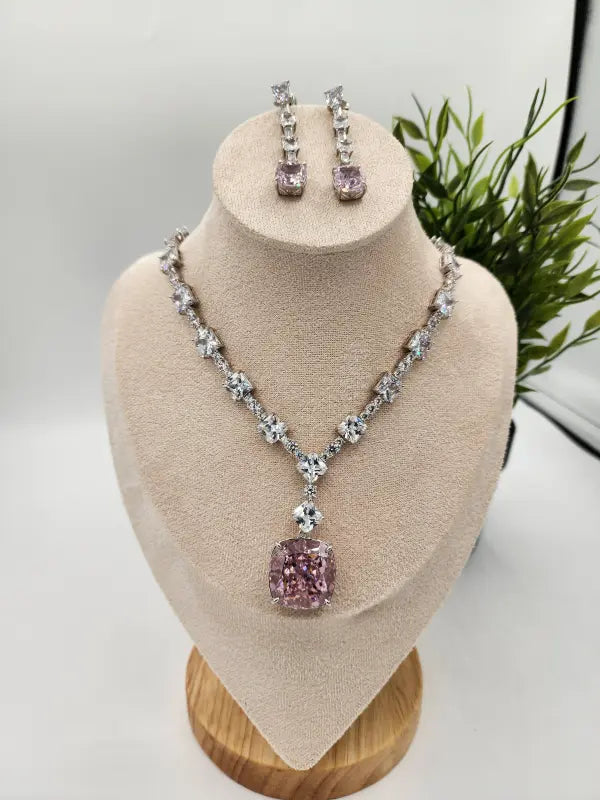In the vibrant state of Maharashtra, a unique and culturally significant craft is preserving the art of recycling and traditional stitching: the Godhadi. This hand-stitched blanket, created from refurbished old clothes, showcases both the ingenuity of its creators and the warmth of their community spirit. Every Godhadi tells a story through its patchwork of discarded fabrics, lovingly transformed into a functional and cherished piece of art.
Materials and Process

The creation of a Godhadi begins with the collection of old clothes and saris. These materials are carefully selected and cleaned to prepare them for their new life. The base material—old clothes and saris—is washed, ironed, and then sorted into two main categories. The external layer typically features larger pieces such as saris or dupattas, while the internal layers consist of smaller fabric pieces from items like shirts and pants. This thoughtful arrangement ensures both durability and comfort.
The stitching of the Godhadi is a meticulous process. Artisans use needles and white thread to join the fabrics together. The white thread is preferred because its color does not weaken the thread, ensuring the longevity of the blanket. Various needle sizes are used to accommodate different fabric thicknesses, ensuring each stitch is strong and secure.
Cultural Significance and Craftsmanship
.jpeg)
The Godhadi is inherently rectangular but varies in size based on its intended use. Smaller Godhadis are crafted for babies, while larger ones serve the needs of adults. Each Godhadi reflects the regional styles of Maharashtra, with distinct patterns and designs. For instance, in the Khandesh region, Godhadis are often made primarily from sarees, utilizing their inherent proportions.
The process of making a Godhadi is deeply embedded in local traditions. It typically takes place during the summer months when agricultural activities are minimal. Women gather in the afternoons to work on the blankets, turning the crafting process into a social event. These gatherings are more than just a crafting session; they are a celebration of community. The women share stories, recount daily incidents, and even sing local songs that reflect their experiences and emotions. These gatherings strengthen bonds and keep traditional stories and songs alive.
Health Benefits and Emotional Value

Godhadis are not only practical but also carry potential health benefits. According to Komal Machindar, co-founder of Ornate, Godhadis can be particularly beneficial for individuals with respiratory issues. Unlike standard blankets, Godhadis do not trap as much dust, which can be advantageous for those with sensitivities.
Each Godhadi is a labor of love and dedication, often taking up to three months to complete. While they are primarily made for personal use, many villagers hold on to their Godhadis rather than selling them, even for a substantial price. This reluctance to part with these blankets underscores their sentimental value. Godhadis are more than just blankets; they are symbols of the artisan's commitment to their family and heritage. Each piece of cloth used in the Godhadi may carry sentimental memories for family members, further deepening the blanket's emotional significance.
Conclusion
The Godhadi is a testament to the skill and spirit of Maharashtra's artisans. Through the art of stitching discarded fabrics into functional blankets, they preserve a tradition that bridges generations and communities. Each Godhadi is a unique blend of recycled materials, personal stories, and cultural heritage, making it a cherished artifact in many homes. The practice of creating these blankets not only provides practical warmth but also fosters community bonds and honors the past, reflecting the deep connection between tradition and craftsmanship in Maharashtra.
FREQUENTLY ASKED QUESTIONS
What is a Godhadi?
A Godhadi is a traditional hand-stitched blanket from Maharashtra, made by sewing together refurbished old clothes and saris. It is known for its unique patchwork and cultural significance.
What materials are used to make a Godhadi?
Godhadis are made from old clothes and saris. The base material is cleaned and ironed, and various sizes of fabric pieces are stitched together using white thread and needles.
How long does it take to make a Godhadi?
Crafting a Godhadi typically takes up to three months. The process is intricate, involving meticulous stitching and layering of fabrics.
Are there any health benefits to using a Godhadi?
Yes, Godhadis are believed to have health benefits, especially for individuals with respiratory issues. They are less likely to trap dust compared to standard blankets.
Why are Godhadis considered valuable and not often sold?
Godhadis are valued for their sentimental and emotional significance. They are often seen as family heirlooms and symbols of love and tradition, making many villagers reluctant to sell them.




